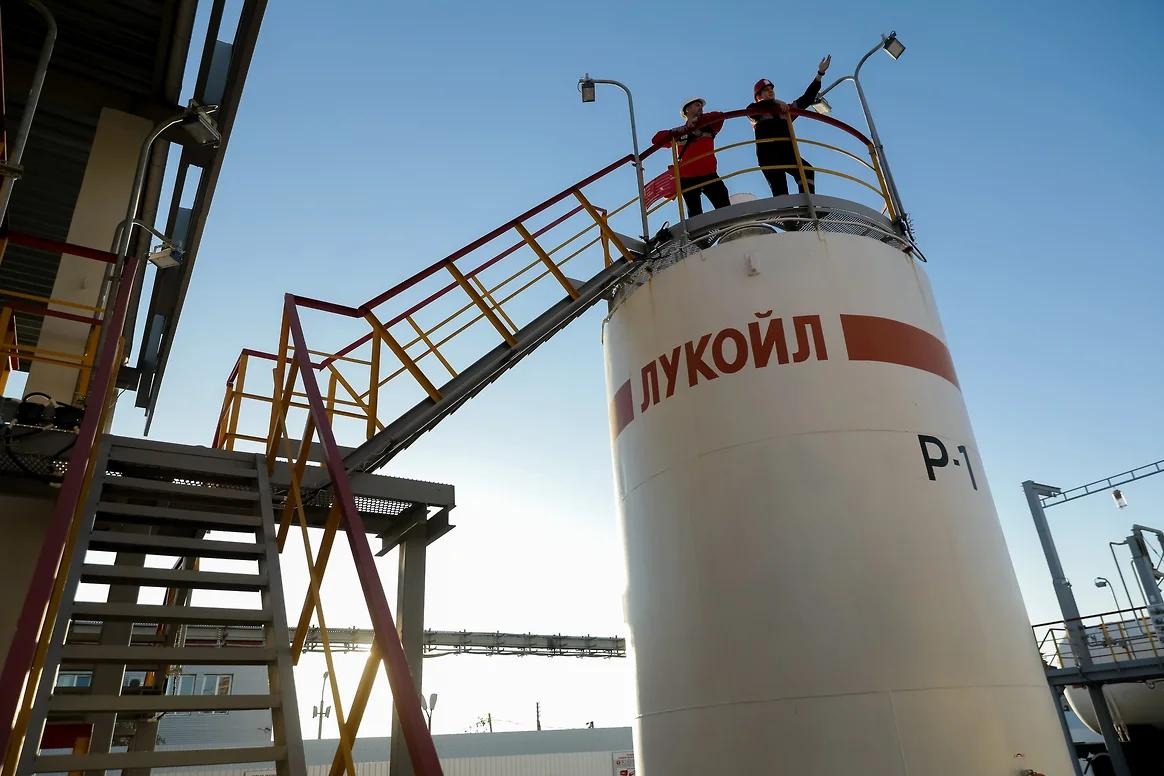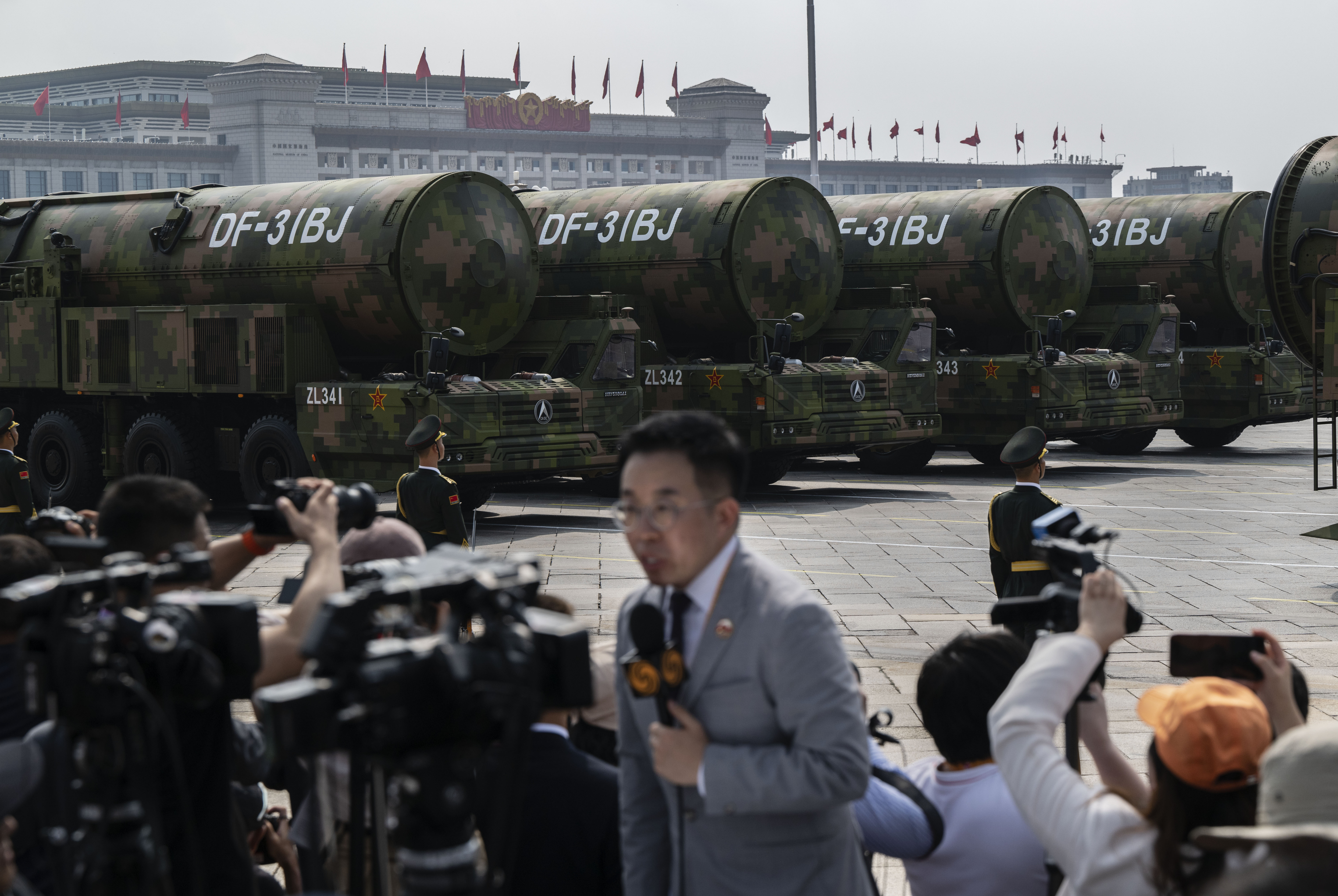RECOVERY CONTINUES TO BROADEN EVEN AS INDUSTRY FALTERS.
RECOVERY CONTINUES TO BROADEN EVEN AS INDUSTRY FALTERS.
Industry led Russia’s economic recovery in 1999. According to Goskomstat, gross industrial output grew 8.1 percent for the year. This was a sharp change on the 5.2 percent decline recorded in 1998, and much better than 1997’s tepid 1.9 percent increase. The industrial branches reporting the most rapid growth were a mix of import-substituting branches-such as animal feeds, light industry, glass products, and machine building-and export-oriented branches, including chemicals, wood and paper, and ferrous metallurgy.
While industry did lead, other sectors began to move forward as well. At mid-year, transport was the only major nonindustrial sector to report growth. But construction and agriculture reported solid production increases in the second half of the year, with particularly strong growth in the fourth quarter. Best of all, after four quarters of horrendous declines, retail trade posted growth in the fourth quarter of 1999 for the first time since mid-1998 (Goskomstat, CIS Statistical Bulletin, January 2000).
These data are of a preliminary nature, and subsequent revisions could well lead to higher output growth figures. This is most apparent in agriculture, where preliminary data list 1999 growth in this sector at “only” 2.4 percent. Deputy Prime Minister Vladimir Shcherbak said at a Moscow press conference on January 21 that grain output had risen 14 percent last year (Russian agencies, January 22).
While the Russian recovery’s sectoral broadening is good news, the slowing of its pace in the fourth quarter is not. Dynamism in the industrial and transport sectors clearly weakened in the fourth quarter. After posting very rapid growth for much of 1999, growth in the construction materials and light industrial branches slowed dramatically in the fourth quarter and posted below-average output growth for the year. These may have been the first import-competing branches to come under pressure from the ruble’s first quarter of real appreciation, after five quarters of sharp declines.
Although the fourth-quarter growth in retail trade suggests the beginnings of a recovery in personal spending, there is little sign of a turnaround in investment spending, which remained flat on a quarterly basis throughout 1999. Moreover, any recovery in domestic demand which may have occurred in late 1999 would seem to have gone largely to imports, which grew 20 percent during the fourth quarter.
Prospects for the continuation of Russia’s recovery in 2000 hinge on the tensions between the conflicting trends of sectoral broadening and weakening base effects. Stronger growth in retail sales and personal consumption this year should be enough to offset the slowdowns in industry and transport, probably keeping GDP growth below 3 percent range. Longer-term prospects for a stronger recovery, however, will continue to be offset by weaknesses in domestic and foreign investment spending, continued market distortions imposed by the federal and regional authorities, and possibly by fiscal tensions associated with Moscow’s “antiterrorist actions” in Chechnya.
TAJIK ECONOMY SHOWS SIGNS OF LIFE AS POLITICAL CONFLICTS SUBSIDE.


